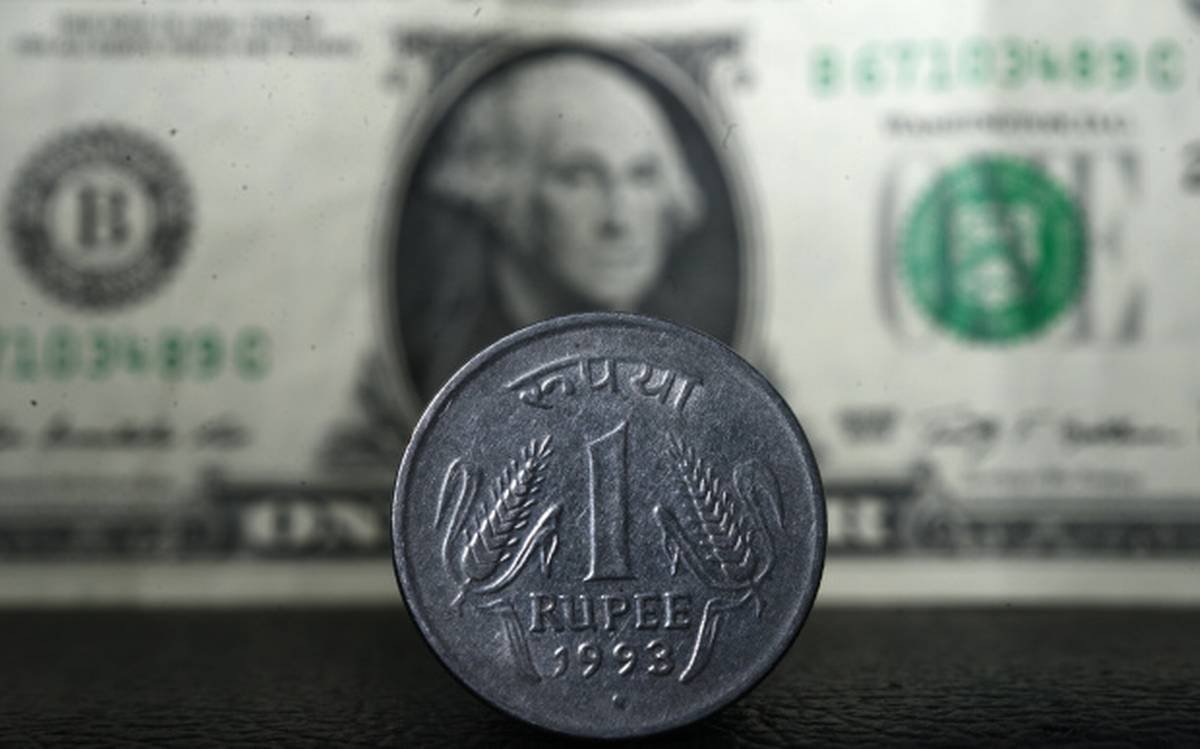Synopsis: GBP Attempts Recovery, but Challenges Persist as Markets Eye Employment Data
The Pound Sterling (GBP) has encountered a bumpy road to recovery as global economic uncertainty and cautious Bank of England (BoE) sentiments cast shadows on its prospects. After a three-day losing spell, the GBP managed to claw its way back from the brink, near 1.2440, as investors began to contemplate the potential repercussions of restrictive monetary policies in Western economies.
However, this recovery appears fragile, with significant challenges looming on the horizon. A prevailing concern among investors is the divergence in monetary policy between the Federal Reserve (Fed) and the BoE. It seems that this divergence may persist, undermining confidence in the GBP.
BoE policymaker Swati Dhingra’s recent cautionary remarks have further weighed on market sentiment. Dhingra stated that the current monetary policy is “sufficiently restrictive” and warned against additional rate hikes, citing potential harm to the UK economy. BoE Governor Andrew Bailey echoed this sentiment, suggesting that while the interest rate peak is near, rates will remain elevated for an extended period.
One of the key factors affecting monetary policy decisions is wage growth, which remains robust due to labor shortages. While this puts pressure on inflation, it also leaves households with more disposable income, potentially boosting consumer spending.
Nonetheless, there are troubling signs in the UK’s economic landscape. The service sector contracted for the first time in seven months, and the Manufacturing Purchasing Managers’ Index (PMI) has been consistently below the 50.0 threshold, signaling ongoing challenges.
Investors are closely monitoring the upcoming July Employment report, set to be published on Tuesday, September 12, at 06:00 GMT. This report will offer valuable insights into the UK labor market, potentially shaping future monetary policy decisions.
The Pound Sterling’s recovery is not only influenced by domestic factors but also by developments in the US Dollar (USD). The USD, while facing some pressure, maintains an upside bias. Federal Reserve policymakers have adopted a neutral stance for September’s monetary policy, with some officials suggesting that interest rate increases might be necessary to combat inflation.
From a technical standpoint, the GBP’s struggle to defend the 200-day Exponential Moving Average (EMA) reflects market uncertainty. The declining 20 and 50-day EMAs, along with momentum oscillators indicating bearish sentiment, underscore the uphill battle the Pound Sterling faces in the current economic climate.
Bottom Line:
The Pound Sterling’s recent recovery may be short-lived as it grapples with global economic uncertainties, the risk of continued policy divergence, and mixed economic indicators at home. Investors eagerly await the upcoming employment data release, which could provide crucial insights into the currency’s future trajectory.




